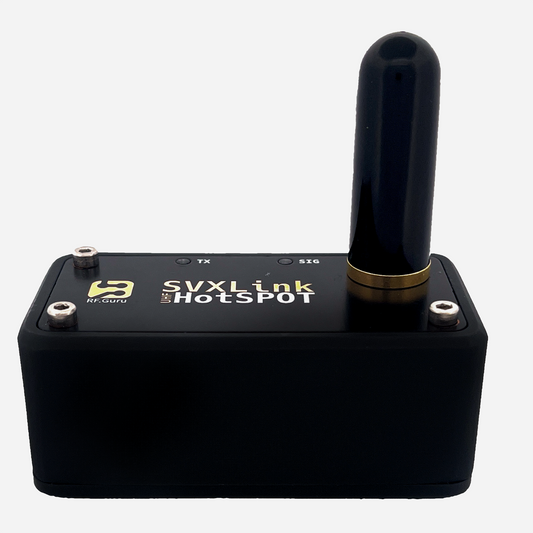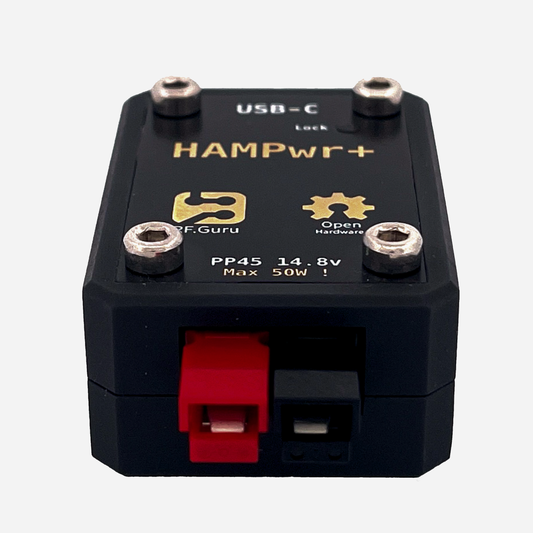
Our products were created with the aim of enhancing and refining your radio experience.
All items in our store were engineered, designed, assembled, and tested at our fascilities in Belgium.
New products
-
2023-P-112 ESD + SAW + LNA 1090mHz ADS-B
Regular price €21,50 EURRegular priceUnit price / per -
2023-PA-521 | 13.8v LoRa APRS Automotive Tracker 433 Mhz 500 mW
Regular price €134,08 EURRegular priceUnit price / per -
2023-PA-041-V | Assembled SVXLink Analog HotSPOT 2m VHF 500mW
Regular price €145,05 EURRegular priceUnit price / per -
2023-PA-041-U | Assembled SVXLink Analog HotSPOT 70cm UHF 500mW
Regular price €145,05 EURRegular priceUnit price / per -
2022-PA-090 | HAMPwr+ USB-C PD to 14.8V
Regular price €71,00 EURRegular priceUnit price / per
Blog posts
-
ON7FU Ferrite Applications becomes part of the ...
It is with great excitement that we announce that RF Guru has recently taken over the commercial activities of ON7FU Ferrite Applications, a leading provider of premium and effective BALUN...
ON7FU Ferrite Applications becomes part of the ...
It is with great excitement that we announce that RF Guru has recently taken over the commercial activities of ON7FU Ferrite Applications, a leading provider of premium and effective BALUN...
1
/
of
2




